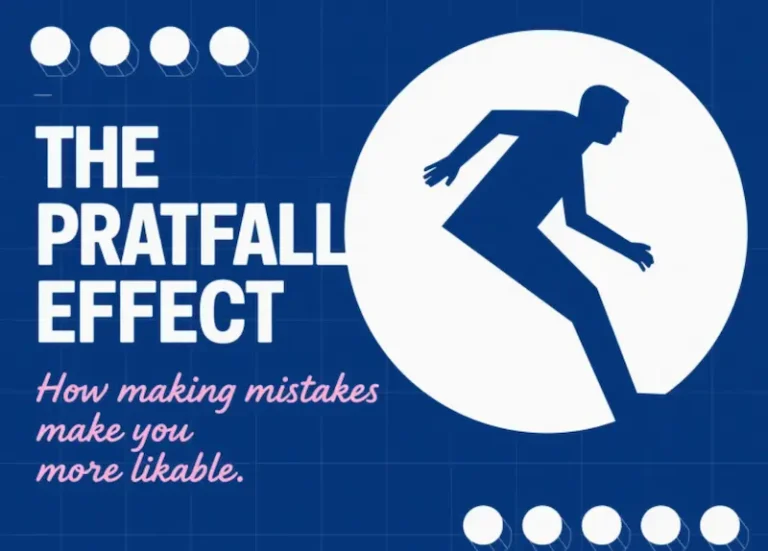How to Master Your Feelings: A Guide to Managing Negative Emotions

We’ve all been there: waking up on the wrong side of the bed, feeling irritable over a spilled coffee, or spiraling into worry after a tough work email. Emotions—positive and negative—are part of being human. They’re our brain’s way of reacting to the world around us, tied closely to our needs, hopes, and fears.
But here’s the catch: Life rarely goes as planned. Traffic jams, missed deadlines, family conflicts, or even global crises can throw us off balance. The question isn’t whether we’ll face negative emotions—it’s how we respond to them. Why do some people bounce back from stress, while others get stuck in a cycle of frustration or sadness? The answer lies in how we manage those feelings.
Why Is Managing Negative Emotions So Hard?
If handling bad moods were easy, we’d all be experts. But emotional regulation is tricky—here’s why:
- Emotions vs. Behaviors: It’s simple to control actions (e.g., stopping at a red light, eating when hungry), but feelings are intangible. Grief after losing a loved one, anger over unfair treatment, or anxiety before a big decision—these are natural, and suppressing them often backfires.
- The “Invisibility” of Emotions: Unlike a headache or a cut, a bad mood doesn’t leave a physical mark. We might brush it off as “just a phase,” not realizing that unmanaged stress can build up, leading to chronic issues like insomnia or high blood pressure over time (American Psychological Association, 2024).

5 Science-Backed Strategies for Managing Negative Emotions
The good news? You don’t have to let bad moods control you. Research—from psychology labs to real-world studies—shows that simple, consistent habits can help you take charge. Here’s how:
1. Cultivate Humor: Lighten the Load
Laughter really is the best medicine. Studies from the Mayo Clinic found that humor activates the brain’s reward center, releasing endorphins that reduce stress hormones like cortisol. It also shifts your perspective: A well-timed joke or funny meme can turn a frustrating moment (like a broken printer) into a story you’ll laugh about later.
How to practice it:
- Follow funny accounts on social media (think: relatable parenting memes or stand-up clips).
- Watch a comedy special when you’re feeling low—shows like The Office or Parks and Recreation are proven mood boosters (University of California, 2023).
- Learn to laugh at yourself. Did you trip over your own feet? Chances are, others found it endearing—not embarrassing.
2. Stack Positive Experiences: Build Emotional “Reserves”
Think of positive moments as savings in your emotional bank account. The more you deposit, the better you’ll weather unexpected “withdrawals” (like a bad day). A study in Journal of Positive Psychology found that people who intentionally seek joy—even small moments—are less likely to spiral into negativity when stress hits.
Easy ways to add positivity:
- Start a “3 Good Things” journal: Write down three small joys each night (a sunny walk, a friend’s text, a great meal).
- Schedule “deliberate fun”: Block 30 minutes daily for something you love—whether it’s sipping coffee on the porch or re-reading a favorite book.
- Celebrate tiny wins: Finished a project? Ate a vegetable? Give yourself a high-five—progress matters more than perfection.

3. Strengthen Your Mindset: The Power of Perspective
Your outlook shapes how you feel. People who practice gratitude, empathy, and flexibility tend to handle negative emotions better, says research from Harvard Medical School. This isn’t about “toxic positivity”—it’s about acknowledging hard times while focusing on what you can control.
Try these mindset shifts:
- Ask: “Will this matter in 5 years? 5 months? 5 days?” Most stressors shrink with time.
- Practice gratitude: Even on tough days, there’s usually something to appreciate (e.g., a roof over your head, a pet’s affection).
- Avoid “all-or-nothing” thinking: A bad meeting doesn’t mean your whole career is failing—just that one moment was tough.
4. Dive Into Hobbies: Lose Yourself to Find Calm
Hobbies are more than just fun—they’re emotional reset buttons. When you’re focused on a task you love, your brain enters a “flow state,” where worries fade into the background. President Franklin D. Roosevelt famously used stamp collecting to cope with the pressures of leading during World War II; he’d spend an hour daily organizing his collection, emerging refreshed and ready to tackle crises.
Popular hobbies for mood regulation (per a 2024 Gallup poll):
- Gardening: Digging in soil reduces anxiety and boosts serotonin.
- Playing an instrument: Music therapy lowers stress levels by 23% (American Music Therapy Association).
- Cooking or baking: The rhythmic process of chopping or stirring is meditative—plus, you get a tasty reward!

5. Nurture Social Connections: You’re Not Alone
Humans are wired for community. A 2023 study in Social Psychological and Personality Science found that people with strong social ties are 50% better at managing negative emotions. Why? Sharing feelings with others validates your experience, and supporting friends or family gives you a sense of purpose—both powerful antidotes to bad moods.
How to build connections:
- Call a friend instead of texting—hearing a voice boosts oxytocin (the “bonding hormone”).
- Join a local group: Book clubs, sports leagues, or volunteer organizations are great for meeting like-minded people.
- Have “no-phone nights” with loved ones: Chatting over dinner (without screens) strengthens relationships.
Common Mistakes to Avoid When Managing Negative Emotions
Even with the best intentions, it’s easy to slip into habits that make bad moods worse. Watch out for these pitfalls:
- Suppressing feelings: Saying “I’m fine” when you’re not can lead to emotional burnout. It’s okay to admit, “I’m stressed—and that’s normal.”
- Overthinking: Rumination (replaying a bad moment) keeps you stuck. Try the “10-minute rule”: If you can’t solve the problem in 10 minutes, set it aside and revisit it later.
- Using “quick fixes”: Binge-eating, drinking, or scrolling endlessly might numb feelings temporarily, but they’ll return stronger. Opt for healthy coping tools instead (e.g., a walk, deep breathing).
Life will always throw curveballs—traffic, deadlines, and unexpected challenges are part of the journey. But managing negative emotions isn’t about eliminating bad moods entirely; it’s about learning to ride them out with grace. By leaning into humor, stacking positive moments, nurturing your mindset, pursuing hobbies, and connecting with others, you’ll build resilience that lasts.
What’s your go-to strategy for dealing with bad moods? Share it in the comments—we’d love to hear how you take control of your feelings. And if you found these tips helpful, pass this article along to a friend who could use a little emotional boost.






